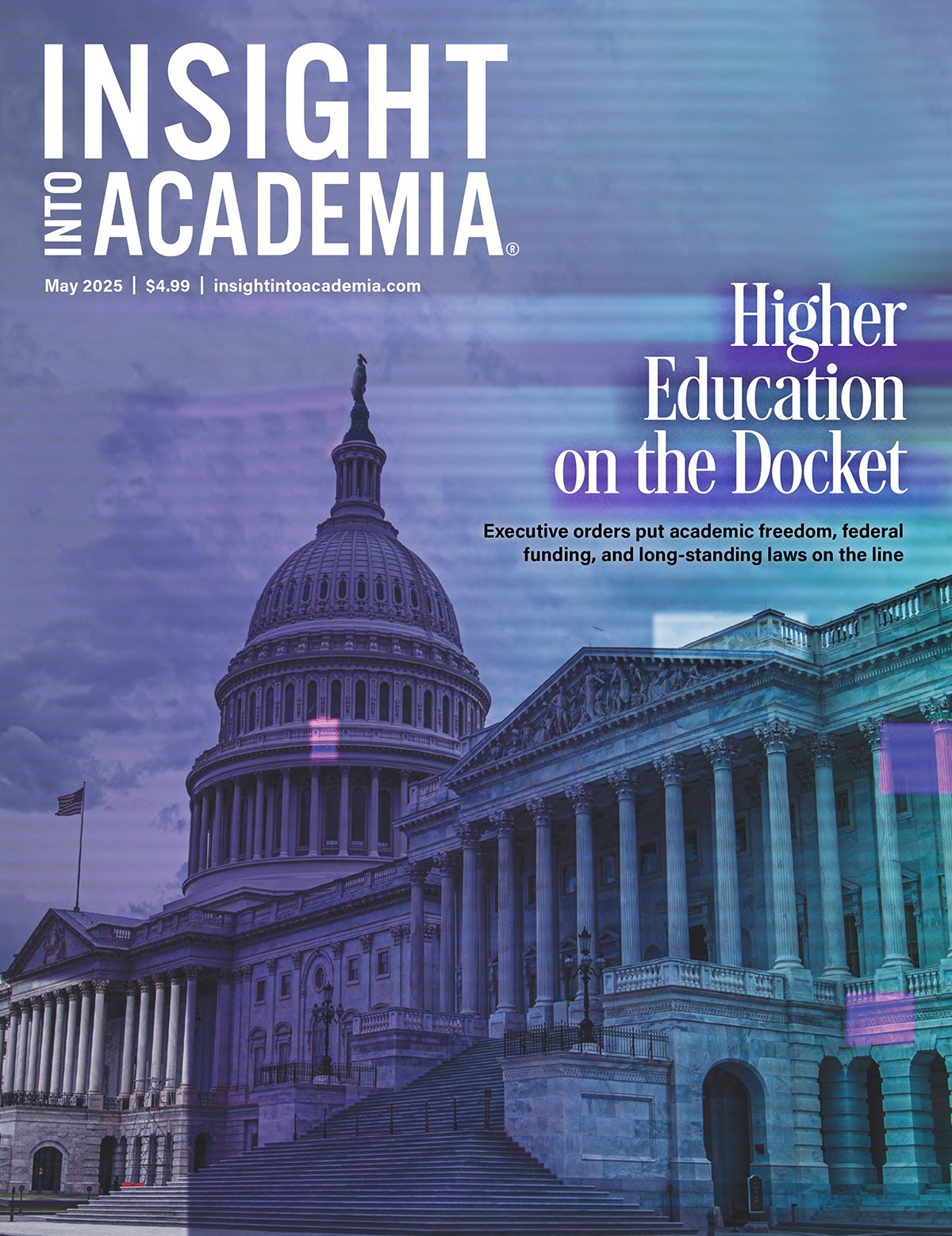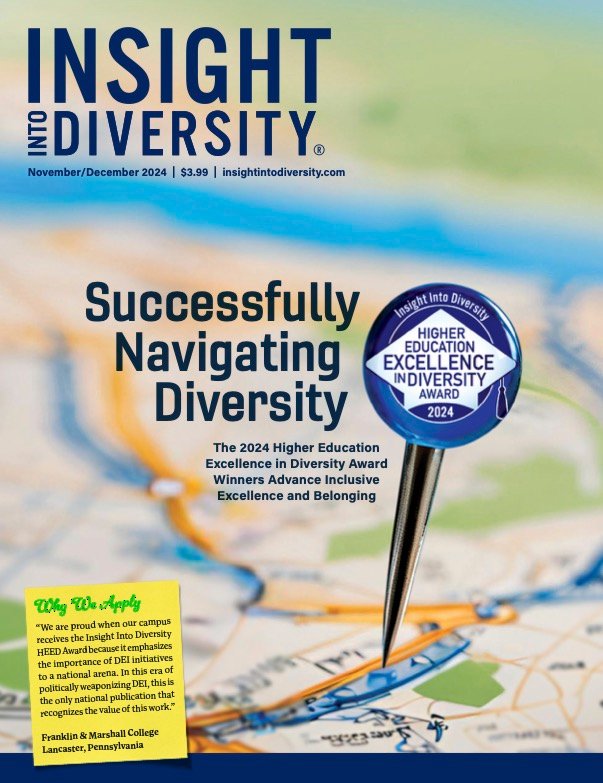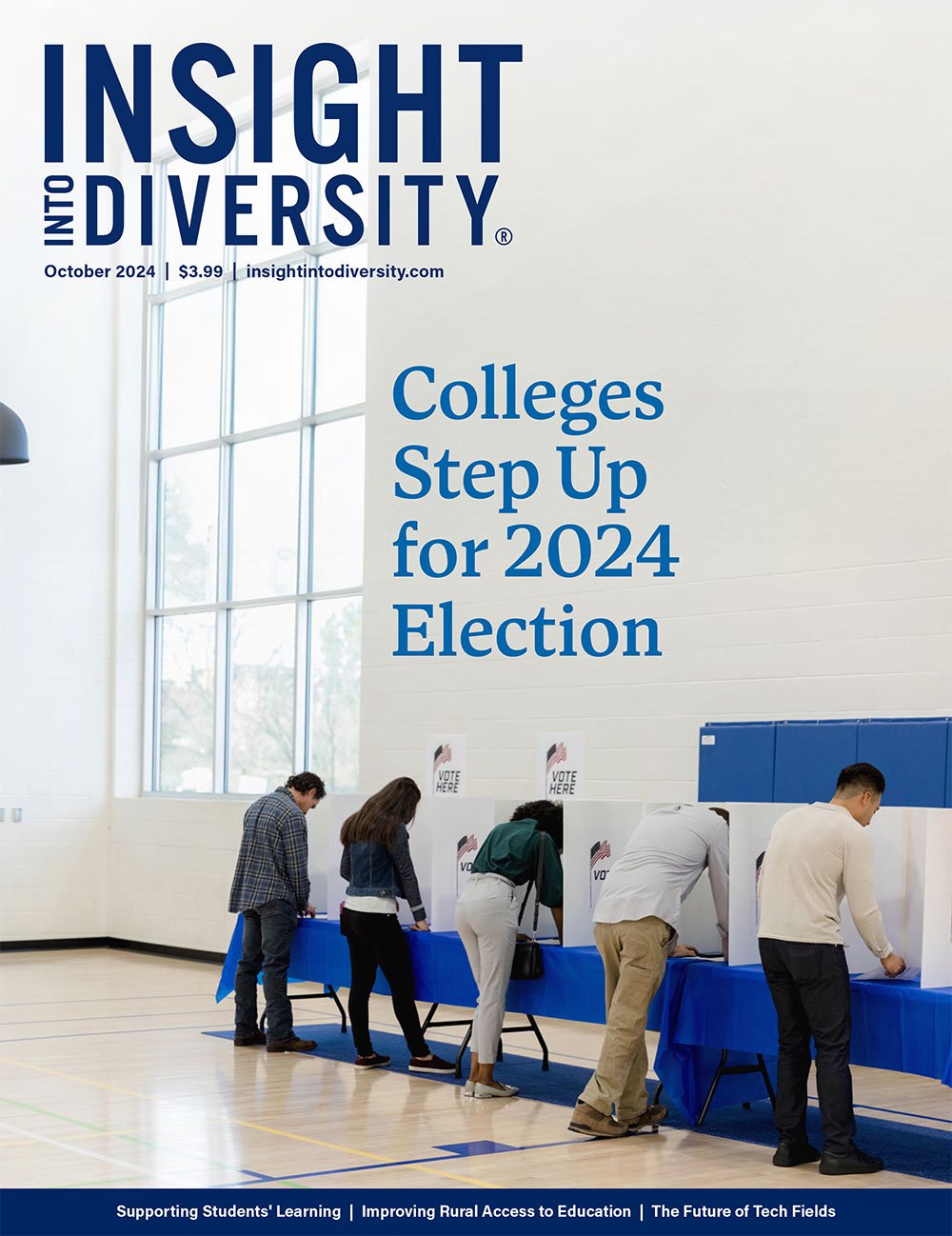As tech companies grapple with the glaring underrepresentation of Black professionals in STEM fields, historically Black colleges and universities (HBCUs) are not waiting for change—they’re engineering it. Through bold partnerships, innovative programs, and community-rooted strategies, HBCUs nationwide are becoming launchpads for the next generation of tech talent.
In Alabama, Cherisse Stokes is at the forefront of this transformation. As president of Tidal IT Solutions and leader of The Alabama Collective and TechMGM, she works closely with all 14 of Alabama’s HBCUs to embed students in real-world innovation ecosystems.
“For us, it’s all about the four E’s: education, exposure, engagement, and empowerment,” Stokes says. “We visit every campus, run training in cybersecurity, data analytics, and entrepreneurship, and host hands-on events where students connect directly with tech professionals.”
Those connections often translate into tangible outcomes. The Alabama Collective hosts multiple pitch competitions each year—one in the fall during the Magic City Classic and another in the spring focused on app development—distributing nearly $40,000 annually in startup capital. The group also co-hosts an annual Innovate Alabama Entrepreneurship Hackathon. Winners gain not just seed funding but also ongoing coaching and entry into national-level builder programs.
“We’re not just handing them cash and walking away,” Stokes says. “We want to equip students with the mentorship and industry connections to turn those ideas into sustainable companies or careers.”
Stokes points to the app build-and-pitch competition as a personal favorite. “It’s amazing to watch technical students pitch in everyday language. They’re solving real-world problems—from how to support the elderly to streamlining digital consent forms,” she says. “You see their creativity and technical chops, but also their ability to collaborate and communicate. That’s what industry is looking for.”
Across the South and beyond, similar efforts are gaining ground.
In June 2021, Google awarded Howard University a $5 million unrestricted grant as part of a $50 million package to ten HBCUs. The funding is used to strengthen STEM infrastructure, scholarships, curriculum, and career services.
Morgan State University in Baltimore has emerged as a national leader in cybersecurity. It received a $9 million grant from the Office of Naval Research to expand AI, machine learning, and cybersecurity research. In partnership with IBM, Morgan also launched a Cybersecurity Leadership Center offering free access to cloud software and simulated attack training. And through its Cybersecurity Assurance and Policy Center, fully funded Ph.D. candidates benefit from internships and research opportunities under the National Science Foundation’s CyberCorps initiative.
Morgan’s influence also extends into financial technology. A recent $1.05 million Ripple grant supports the university’s National FinTech Center, enhancing blockchain research and fintech programming.
While these large-scale efforts show the national momentum behind HBCU tech partnerships, Alabama’s model offers a unique statewide blueprint.
The HBCU Innovation Experience—a collaboration between Innovate Alabama and The Alabama Collective—trains students and faculty in coding, app development, business management, and entrepreneurship. Students participate in hackathons, pitch competitions, networking events, and leadership roundtables. So far, the program has seen more than 1,000 participants across Alabama, awarded over $40,000 in prizes, and helped more than 20 students achieve Apple certifications.
For Stokes, exposure to STEM and tech should start young. “It’s about ensuring our children don’t just consume technology but become digital innovators,” Stokes says. We want to teach them to build, create, and problem-solve—not just swipe a screen.”
That early mindset shift is key, she notes. “It starts with exposure. A lot of kids think, ‘I don’t like math, so I can’t be in tech.’ But STEM is much broader than that. When we introduce coding, cyber, app building—when we show them the variety—something clicks.”
Programs like Code.org are one tool in Alabama’s early pipeline strategy. The state is the only one in the country to meet all of Code.org’s foundational goals for K–12 computer science education. Since the launch of the Alabama Computer Science Advisory Council, which Stokes co-leads, the percentage of schools teaching computer science has grown from 18% to more than 80%.
“We aim to reach every student, from elementary through high school,” Stokes says. “In December, we encourage schools to celebrate Computer Science Education Week by hosting an Hour of Code using age-appropriate, hands-on activities.”
According to the Pew Research Center, Black workers comprise about 11% of the U.S. labor force but hold just 9% of STEM jobs, including only 5% in engineering and 7% in computing. HBCUs are working to close that gap, not just by enrolling students, but by equipping them for competitive, cutting-edge careers.
Although HBCUs account for only about 9% of Black undergraduates, they produce nearly 18% of all Black bachelor’s degrees in STEM, according to the National Center for Science and Engineering Statistics. Between 2010 and 2020, 25% of Black students earning research doctorates had completed their undergraduate degrees at HBCUs.
But success requires more than individual effort—it needs policy support.
“About 18 months ago, I’d have told you we were making real progress,” Stokes says. “But there’s been a disruption. Some federal STEM scholarships were paused, and programs were halted. We’ve seen a reshuffling of priorities.”
Still, she sees signs of hope. “There have been recent executive orders that prioritize AI and HBCU involvement. We have some committed partners, both in and out of government, who understand the talent that exists at HBCUs and are all in.”
To scale this momentum, Stokes emphasizes the need for statewide collaboration. “We can’t be territorial. Alabama has a state STEM council, a computer science advisory council, and regional STEM ecosystems. We each have different focuses but shared missions. That allows us to build something bigger together.”
Her advice to other states and institutions? Start with your local ecosystem.
“Find the organizations already doing the work. Connect your HBCUs, public agencies, and industry partners. Build relationships. Align missions. And don’t try to own it all—collaborate.”
The formula, she notes, doesn’t have to be complicated. “It’s about opening doors, staying current with industry needs, and giving students real-world tools to walk through those doors confidently.”
And that, she adds, is what makes the Alabama Collective model work. “We complement the curriculum, not replace it. AI might take years to get formally added to a degree plan, but we can pop up on campus today and run a workshop. We can meet students where they are and prepare them for what’s next.”
From Google’s grant to Howard to Montgomery’s hands-on hackathons, one thing is clear: HBCUs aren’t waiting for tech’s future—they’re building it.




















